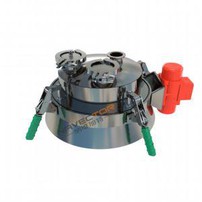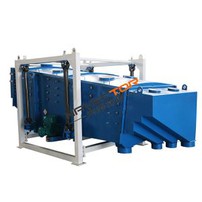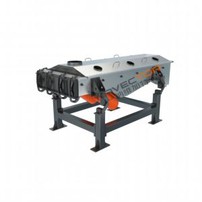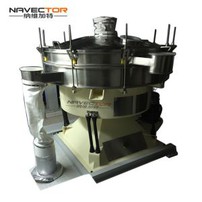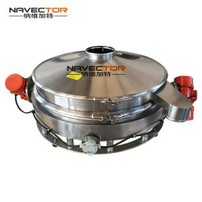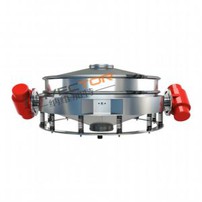What Factors Affect The Production Capacity Of The Shaker?
The production capacity of the vibrating screen is usually a matter that everyone is more concerned about in industrial production. However, to understand the production capacity of the vibrating screen, you must first understand what factors affect the production capacity of the vibrating screen. After understanding these factors, control the production process. These factors can improve the production capacity of the vibrating screen to a greater extent.
The factors that affect the vibrating screen capacity can be roughly divided into three categories:
1. Physical properties of the screened material
Contains the particle size composition, humidity, mud content and particle shape of the material itself.
When the content of fine particles is large, the productivity of the sieve is also large. When the humidity of the material is large, the screening efficiency will generally decrease. However, the larger the size of the screen hole, the smaller the effect of moisture. Therefore, for wet materials with large moisture content, to increase the capacity of the vibrating screen, you can consider loading an ultrasonic screening system.
2. Influence of screening production and processing conditions
When the load of the sieve is too large, the screening efficiency is low. The uniformity of the feed material has a great practical significance for the capacity of the vibrating screen.
The inclination angle of the sieve should be suitable, and generally it is clear based on the test. Then there is the amplitude and vibration frequency of the sieve, which is related to the physical properties of the sieve. Within the necessary standards, increasing the vibration can also improve the screening technical indicators.
3. The influence of the characteristics of the sieve surface and the main parameters of the structure
The vibrating sieve makes the particles and the sieve surface move vertically, so the screening efficiency is high and the processing capacity is large. The relative movement of particles and the sieve surface is mainly a rod screen, a flat vibrating screen, a barrel screen, etc., which have low screening efficiency and production capacity.
For the necessary raw materials, the productivity and screening efficiency of the sieve depends on the size of the sieve. The productivity lies in the total width of the screen surface, and the productivity of the screen surface width is high. The screening efficiency depends on the length of the screen surface. The long screen surface has high screening efficiency. The larger the reasonable sieving area, the higher the productivity per unit area and sieving efficiency of the sieve surface.

